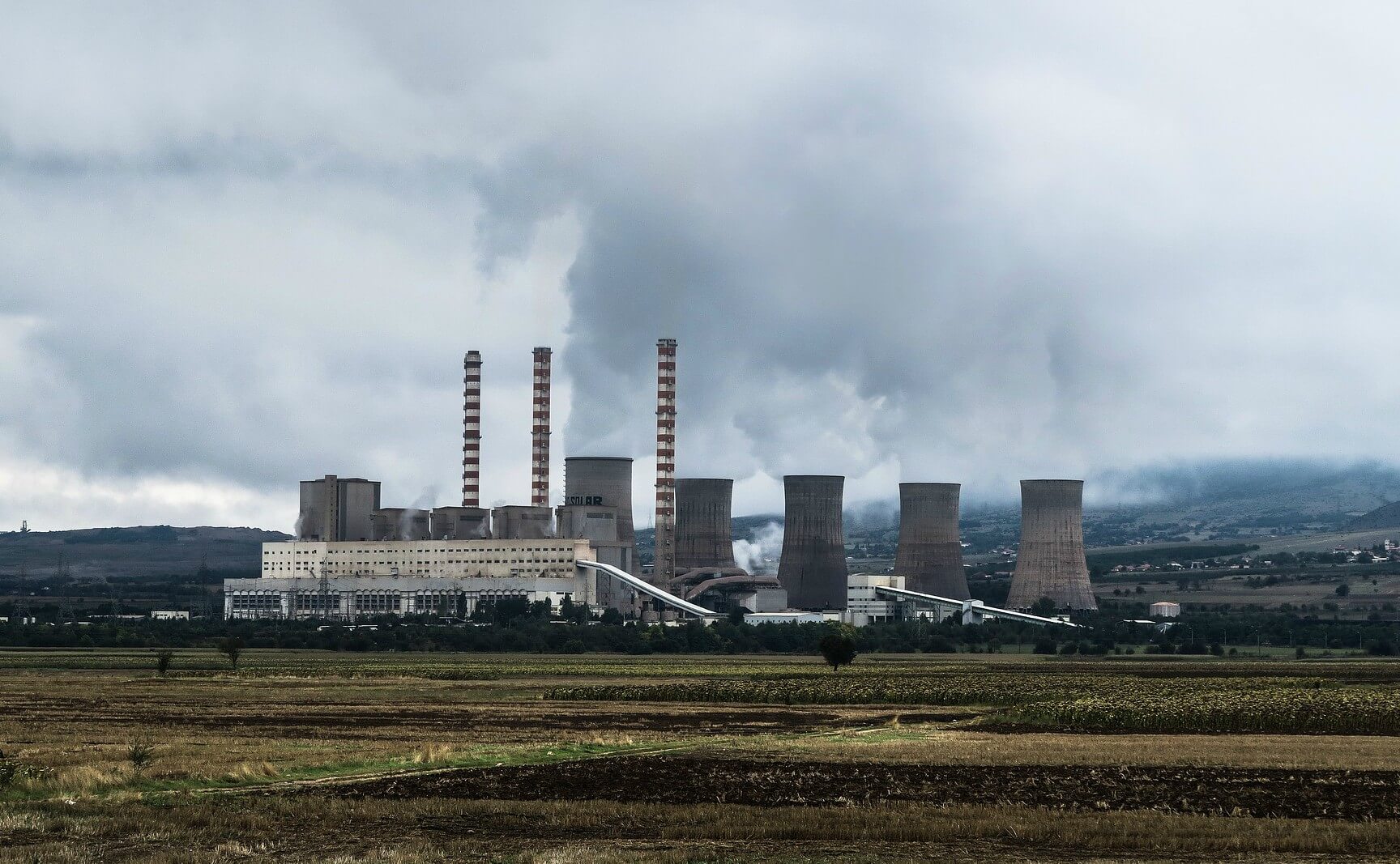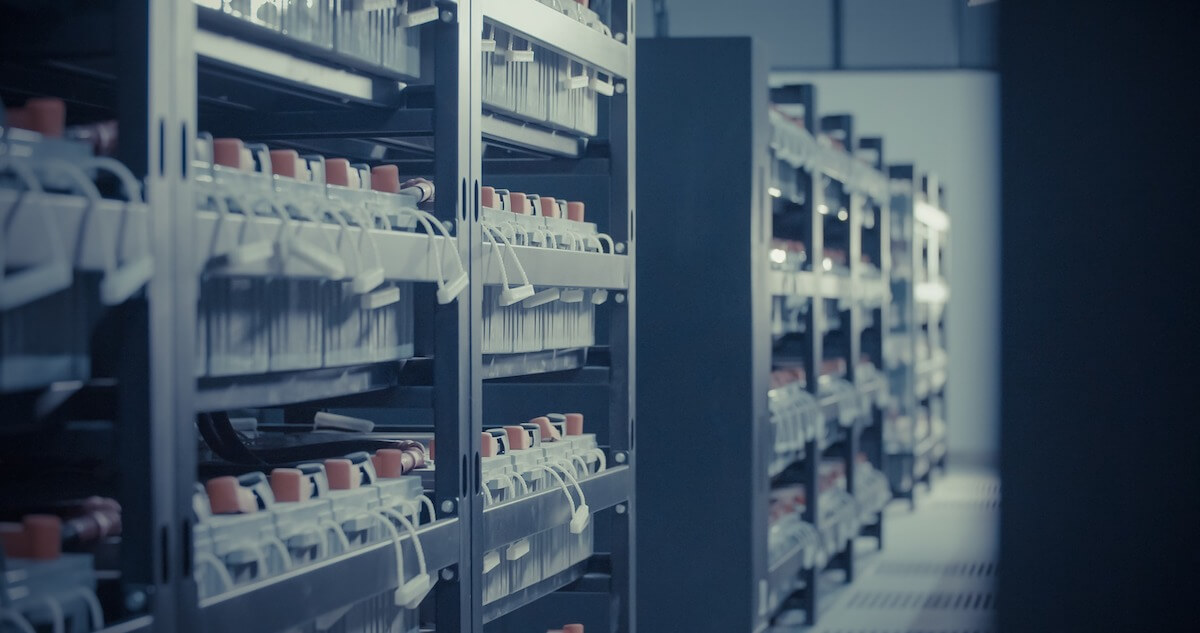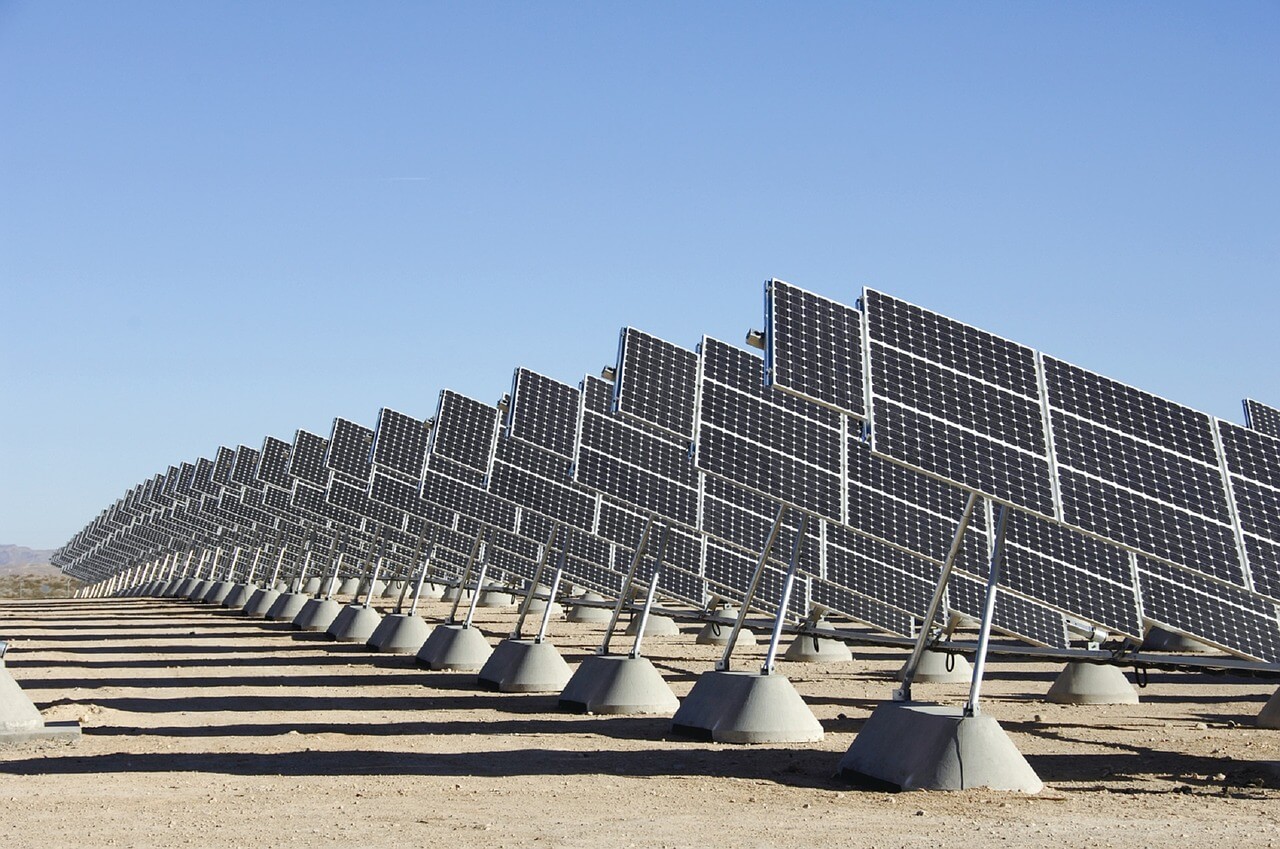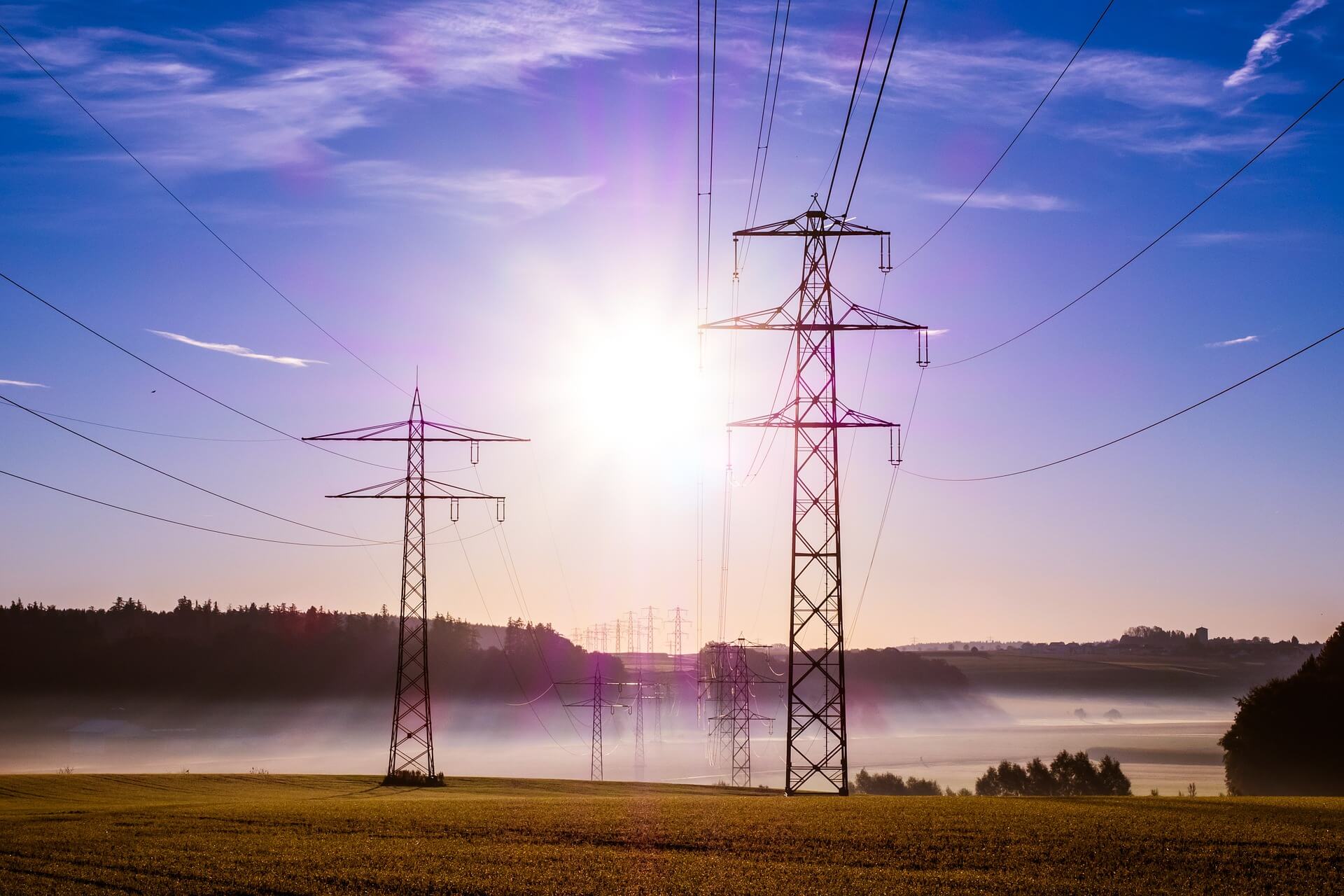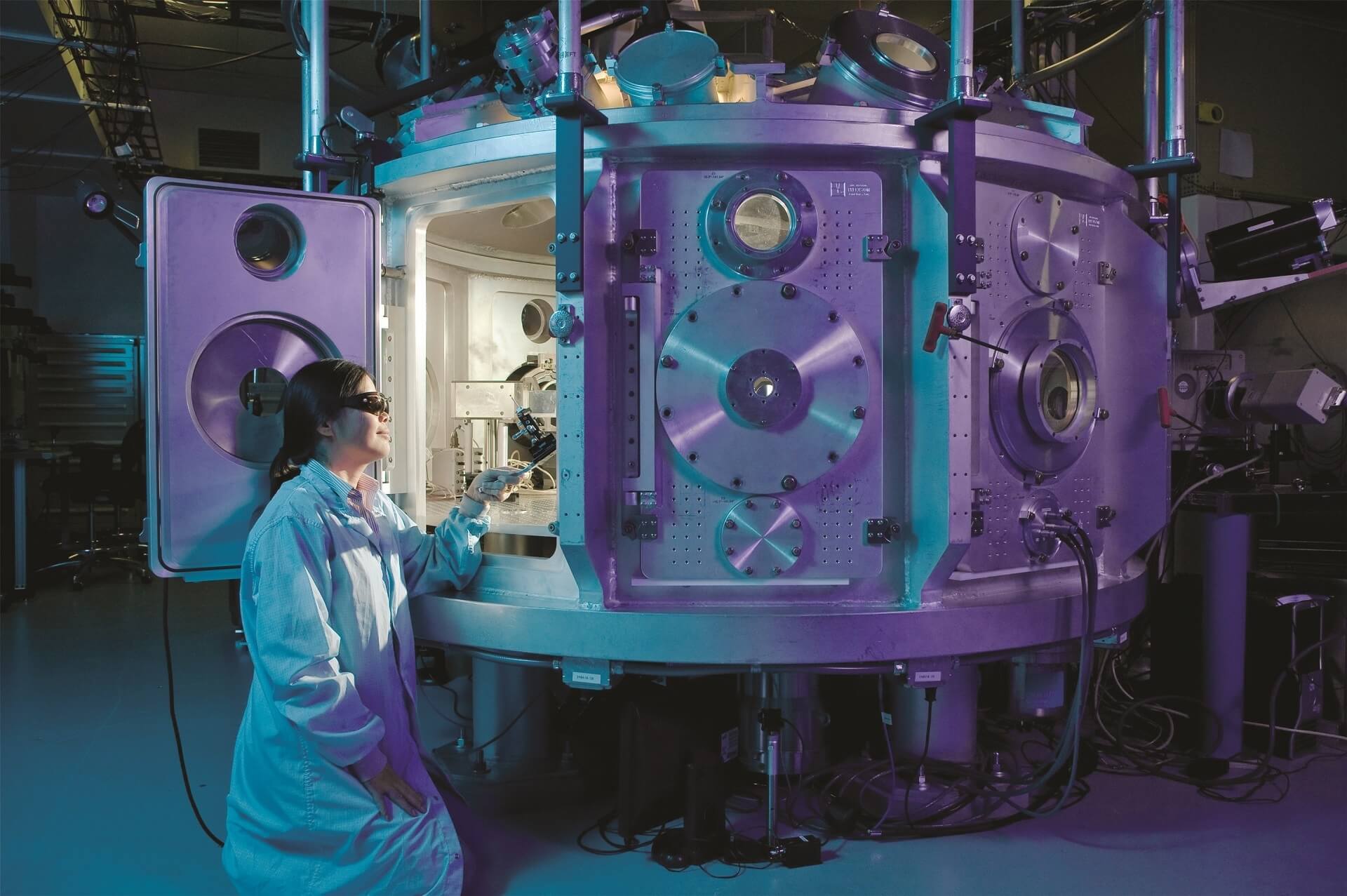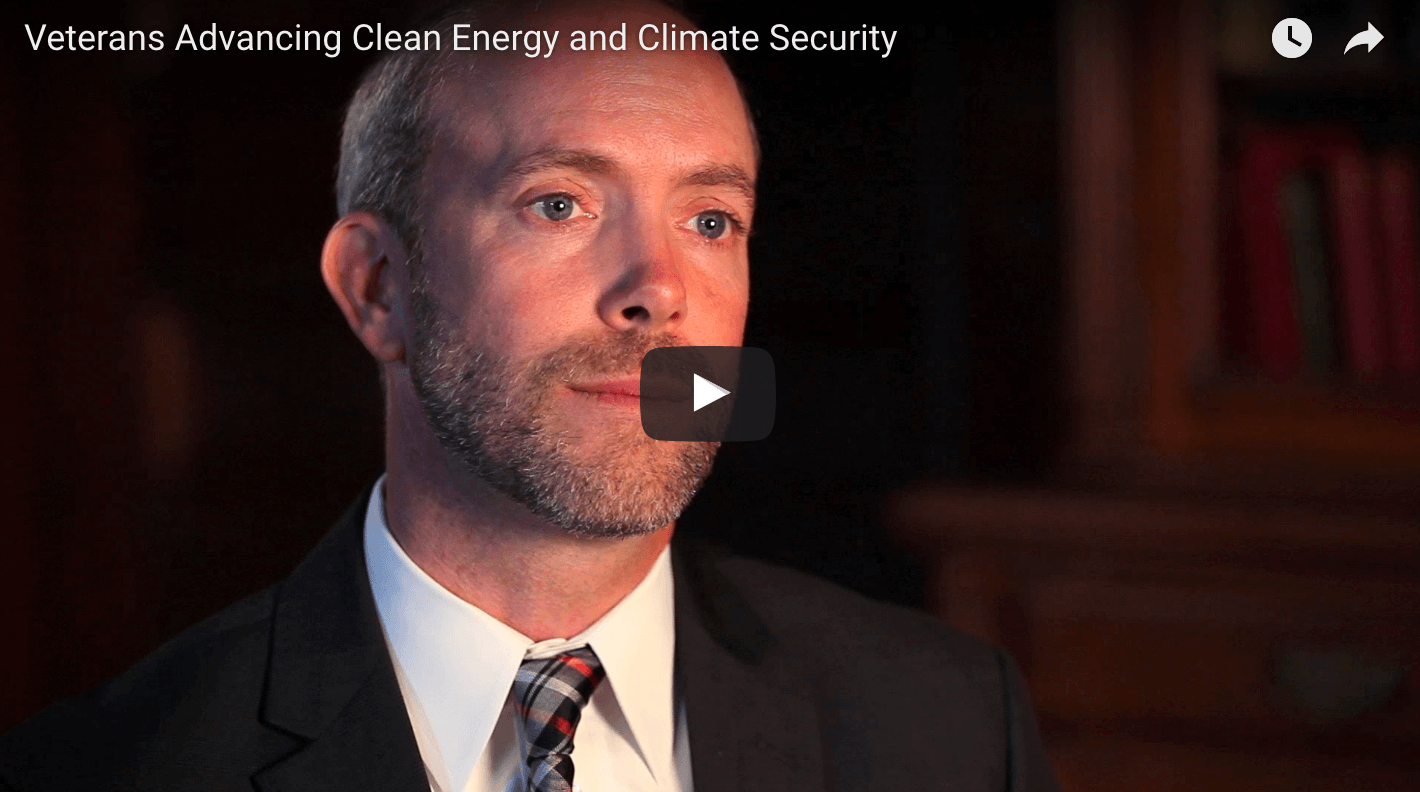Catalyst: Power
Renewable energy is nearing an inflection point where it will be cheaper in many use cases than traditional power.
This is not a result of politics, wishful thinking, or government subsidies – it is the result in part of billions of dollars that are being poured into battery technology innovation by the emerging electric vehicle industry
Effective grid storage batteries fundamentally change the cost dynamics of power generation. When unsubsidized solar and wind power becomes cheaper than traditional coal, gas, and nuclear power, the calculus for a variety of economic and policy decisions will shift significantly, with global effects.


